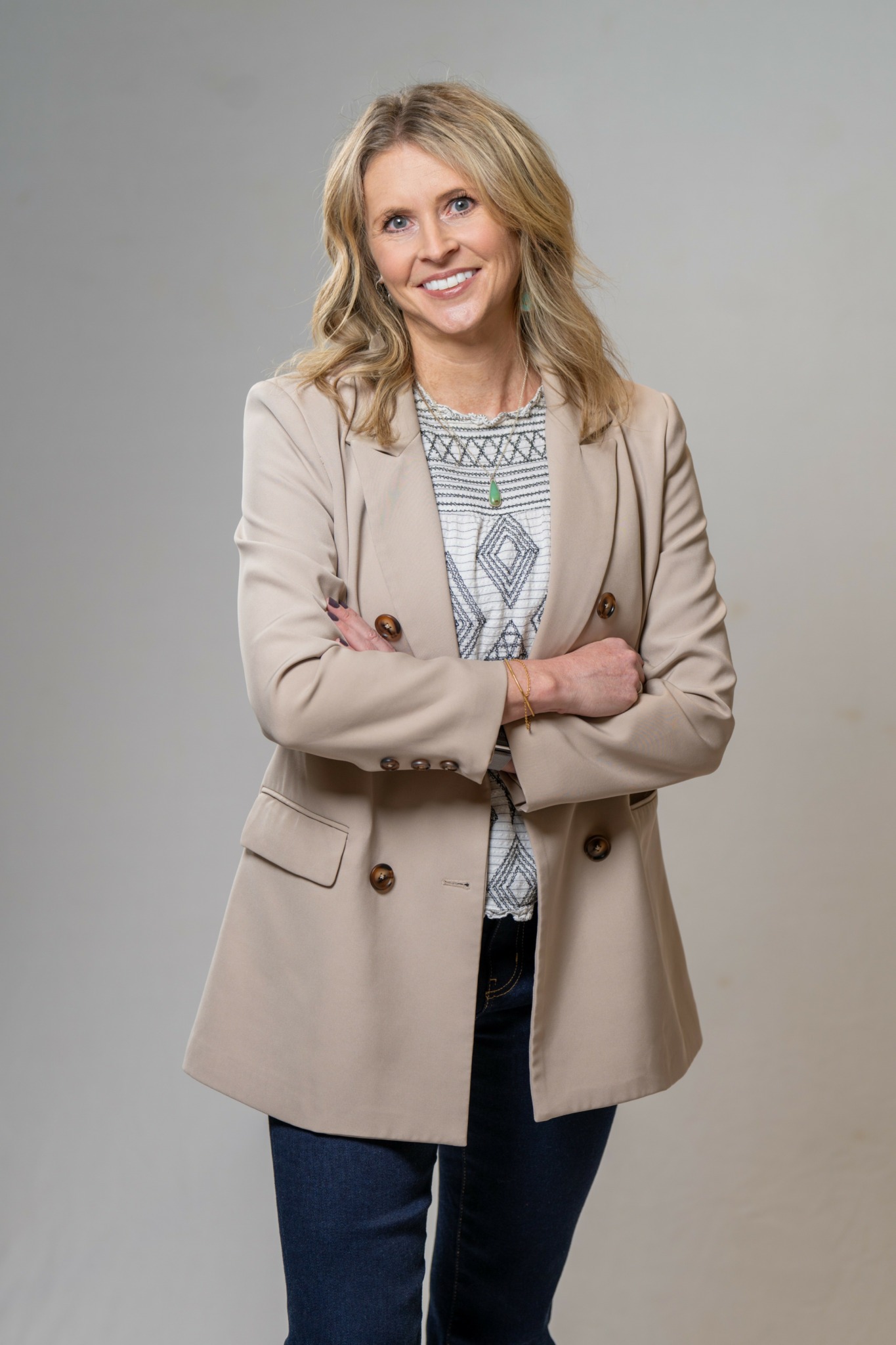Alright – so today we’ve got the honor of introducing you to Danielle Sebastian. We think you’ll enjoy our conversation, we’ve shared it below.
Danielle, thanks for taking the time to share your stories with us today So let’s jump to your mission – what’s the backstory behind how you developed the mission that drives your brand?
I help partners of trauma survivors break free from the exhaustion of walking on eggshells and reclaim their peace, confidence, and connection. Drawing on 20+ years of evidence-based research as a licensed pharmacist and my own lived experience in a trauma-impacted marriage, I combine proven strategies with real-world understanding to guide women toward lasting change—without trying to “fix” anyone else. My mission is to empower you to take control of what you can control, rebuild your joy, and create a marriage and life that feels lighter, stronger, and deeply fulfilling.
This mission is deeply personal to me because I know what it feels like to carry the weight of someone else’s trauma. I’ve been the wife doing everything possible to keep the peace—tiptoeing around triggers, holding everything together, and slowly losing pieces of myself in the process. I’ve felt the loneliness of not knowing how to make things better and the frustration of trying advice that simply didn’t work in a trauma-impacted relationship. My own journey taught me that real change begins when we stop trying to fix our partner and start focusing on what we can control—our own peace, resilience, and well-being. That’s why I do this work.
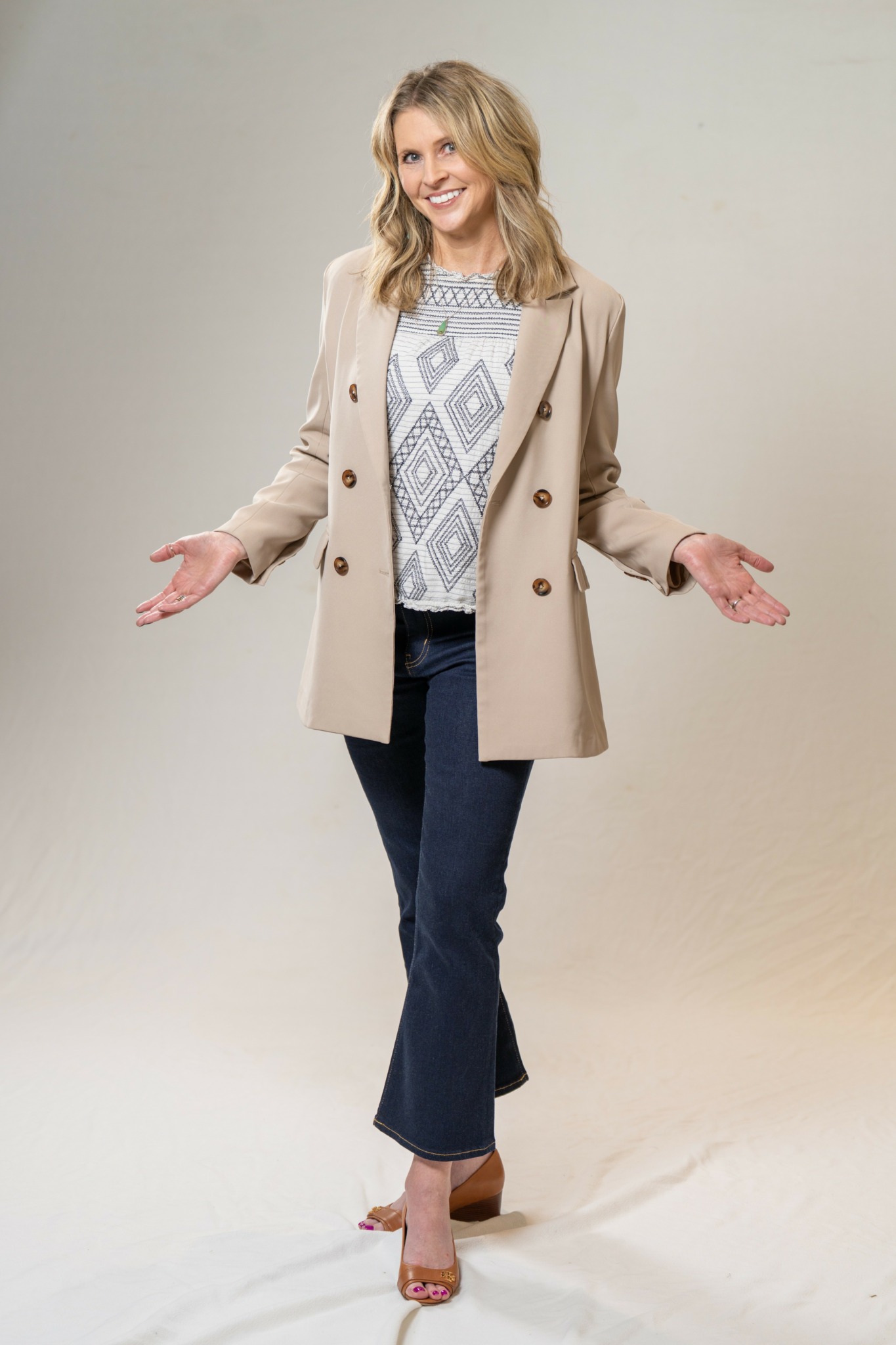
As always, we appreciate you sharing your insights and we’ve got a few more questions for you, but before we get to all of that can you take a minute to introduce yourself and give our readers some of your back background and context?
I’m Danielle Sebastian—a trauma-informed wife-coach, bestselling author, and founder of WifeCARE. Long before I started coaching, I spent over 20 years as a licensed pharmacist, mastering the art of evidence-based research. But my real education came from my own marriage to a childhood trauma survivor. I know firsthand what it feels like to walk on eggshells, to try everything and still feel stuck, and to carry the heavy emotional load while slowly losing yourself. That lived experience, paired with years of research, is what led me to create my CARE framework—a practical, trauma-informed approach that actually works in the unique dynamics of trauma-impacted relationships.
Today, I help women who are married to trauma survivors stop trying to “fix” their spouse and start reclaiming their own peace, confidence, and joy. My services range from private coaching and group programs to speaking, workshops, and free educational resources. The women I work with often come to me feeling exhausted, invisible, and unsure of how to communicate without triggering conflict. Together, we create tailored strategies that help them understand trauma’s impact on their relationship, set healthy boundaries, and rebuild connection—without sacrificing themselves in the process. What sets me apart is that I’ve lived this journey. I’ve been in the trenches, so my coaching isn’t just theory—it’s tested, compassionate, and rooted in real-life solutions.
I’m most proud of the transformation I’ve seen in my clients—and in my own marriage. To date, I’ve worked with over 100 women, helping them shift from feeling powerless to feeling grounded and hopeful again. My goal is for every woman who encounters my work to know this: you are not the problem, you are not alone, and there is a path forward. Whether it’s through my programs, my book Resilient Wives, or my TV show Love & Trauma: The Real Deal, everything I create is designed to empower women to take control of what they can control, heal their own hearts, and build a life and marriage that feels lighter, stronger, and deeply fulfilling.
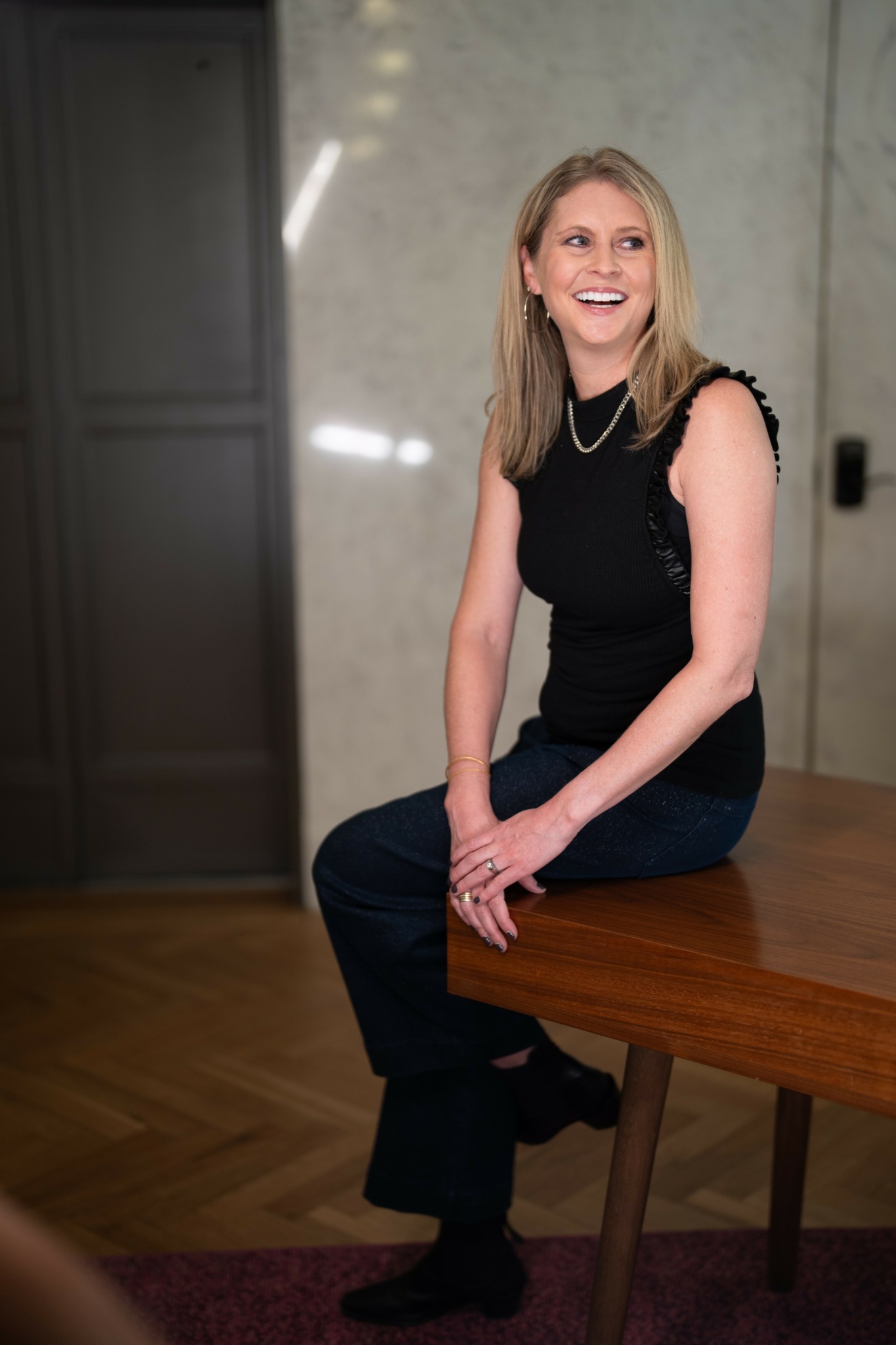
How did you build your audience on social media?
One of my most viral posts was a simple, unplanned reel of me pulling something out of the oven while telling the story of how I offered my husband a “better” brand of fries while he was cooking dinner. What should have been a harmless comment spiraled into a fight about how he “just couldn’t do anything right,” and we ended up eating in silence. It hit a nerve because it’s such a relatable—and rarely discussed—moment in trauma-impacted marriages. It’s not really about the fries. It’s about what happens when dysregulation takes over, and suddenly a small exchange turns into an emotional minefield.
That post was a turning point for me, but it didn’t happen by accident. Just before I filmed it, a mentor had told me something that completely shifted how I approached my content: “You’re posting from where you want your client to be, not where they are right now.” I realized I had been creating aspirational, solution-focused posts—but I wasn’t meeting my audience in the messy middle where they were living. So I started talking about the raw, real moments they were experiencing—the confusion, the walking-on-eggshells, the emotional exhaustion—and why those moments happen. The shift was immediate. My engagement skyrocketed, my audience grew, and most importantly, the messages I received went from “That’s nice” to “Oh my gosh, this is my life.”
My biggest advice to anyone trying to build an audience on social media is this: meet your people where they are. Don’t just share the polished, “after” version—share the awkward, frustrating, human moments that your ideal audience is living right now. Be willing to talk about the things no one else is naming. And always connect the story to the “why” behind it, so people walk away not just feeling seen, but also understanding what’s really going on. When your audience feels like you’re speaking directly to their unspoken struggles, they stop scrolling and start connecting. That’s when everything changes.
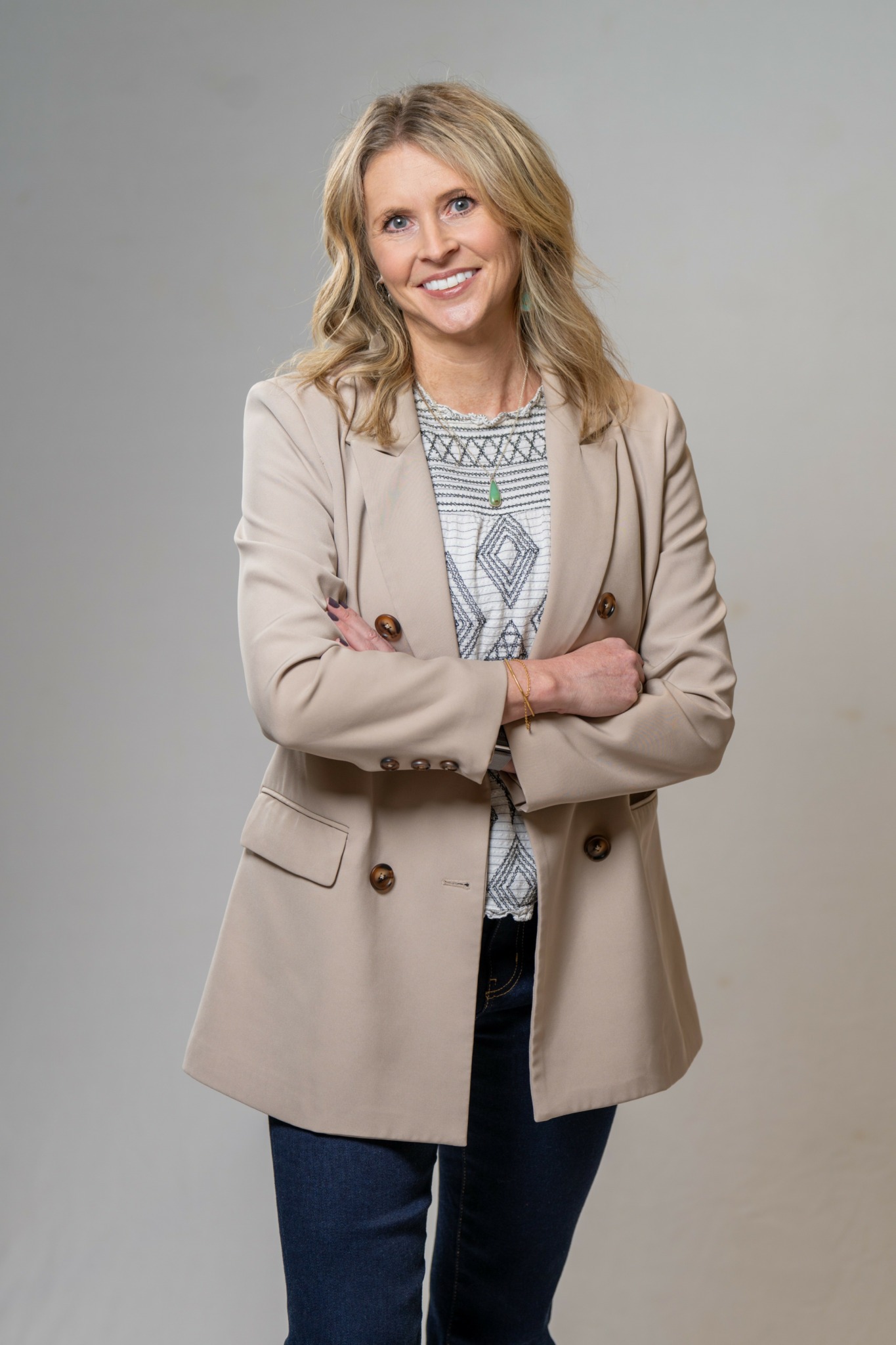
What’s a lesson you had to unlearn and what’s the backstory?
As a pharmacist, creating frameworks, processes, and explaining the “why” came naturally to me. I could outline trauma’s impact on the brain, map out steps to improve communication, and design systems to help couples shift their patterns without breaking a sweat. But what didn’t come naturally—what was actually really hard—was talking about how it used to be for me. To open up about the loneliness, the fear, the frustration, and the moments I’m not proud of.
For a long time, I thought my value was in my expertise, not my vulnerability. But I eventually realized that the thing I was avoiding—sharing the raw, messy reality—was the thing people needed most. When I started writing my book, I struggled with this so much that I had to stop typing and start recording myself telling the story instead. Speaking it out loud forced me to go back and feel the pain, the fear, and the anger from that season of my life. It wasn’t easy—there were moments I had to take a break because it felt so heavy—but it was the only way to tell it honestly.
And here’s the lesson I learned: frameworks and strategies are powerful, but people don’t connect to your process until they connect to your heart. When I allowed myself to go back to those moments and share them openly, readers didn’t just see my story—they saw their own. They could imagine a way forward because I’d shown them exactly where I started. That’s what made my work stand out. Not just the “how-to,” but the “me too.”
Contact Info:
- Website: https://www.daniellesebastian.com
- Instagram: https://www.instagram.com/daniellesebastian_wifecare/
- Facebook: https://www.facebook.com/WifeCare/
- Youtube: https://www.youtube.com/@daniellesebastian_wifecare
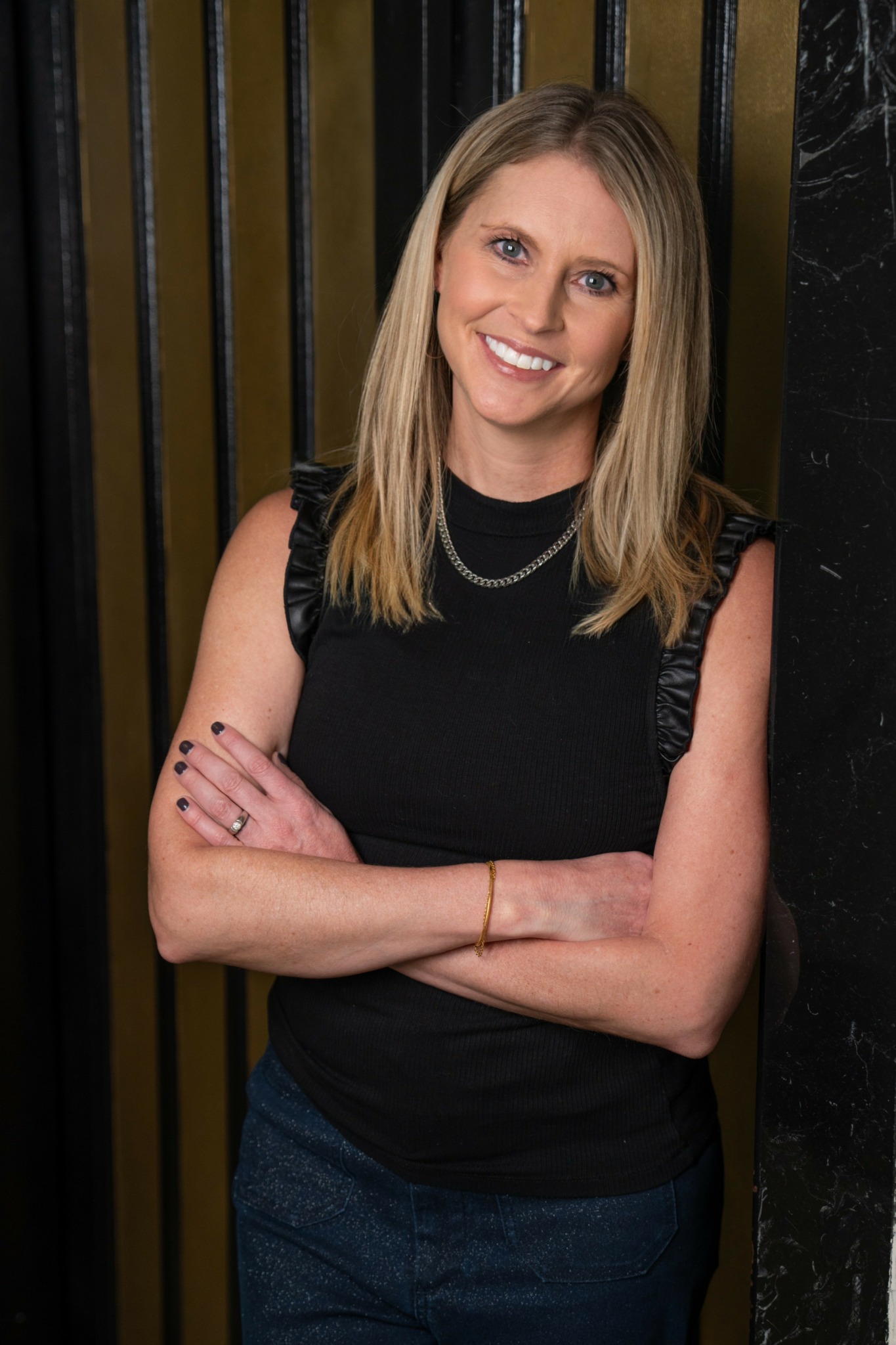
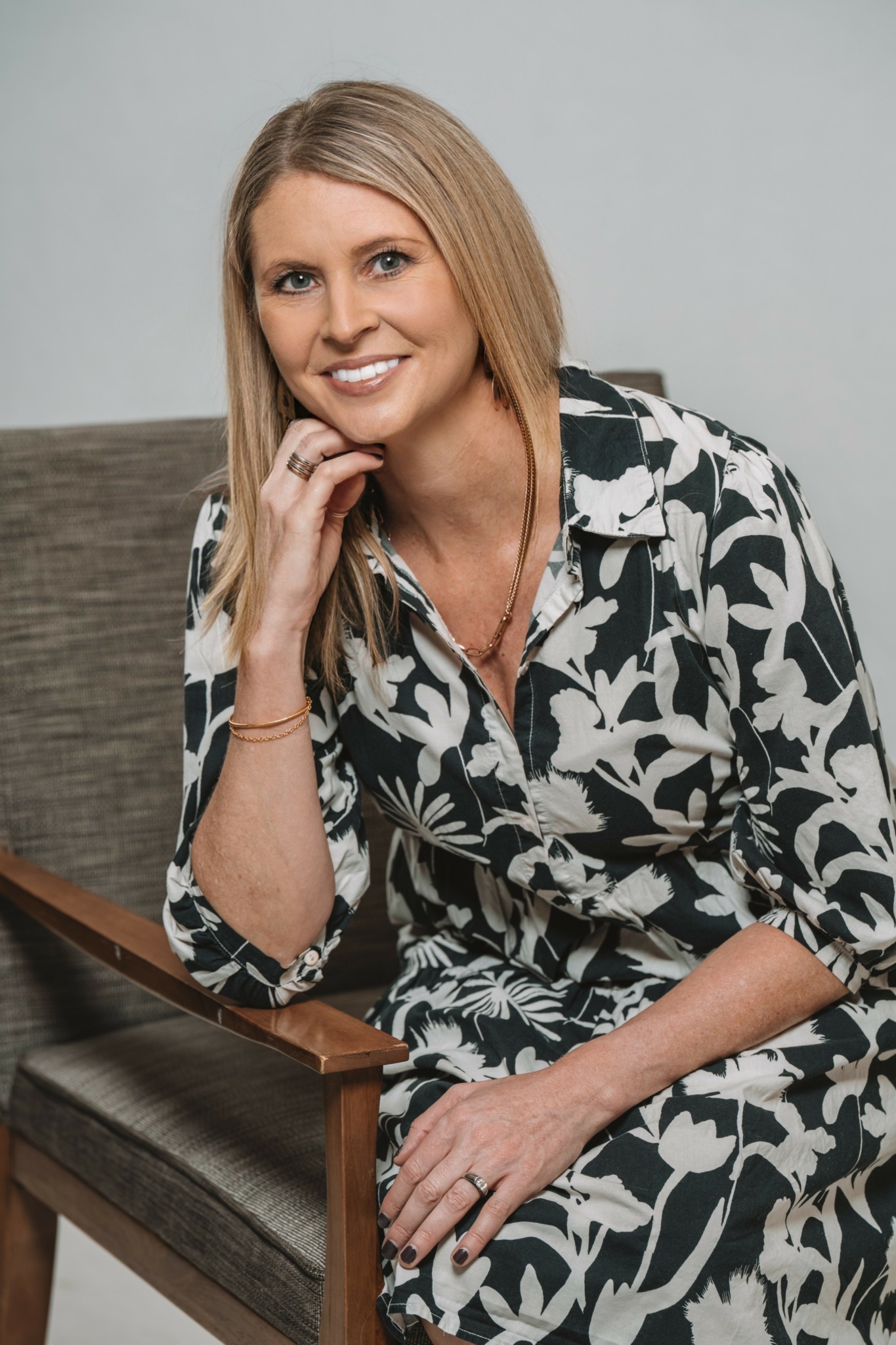
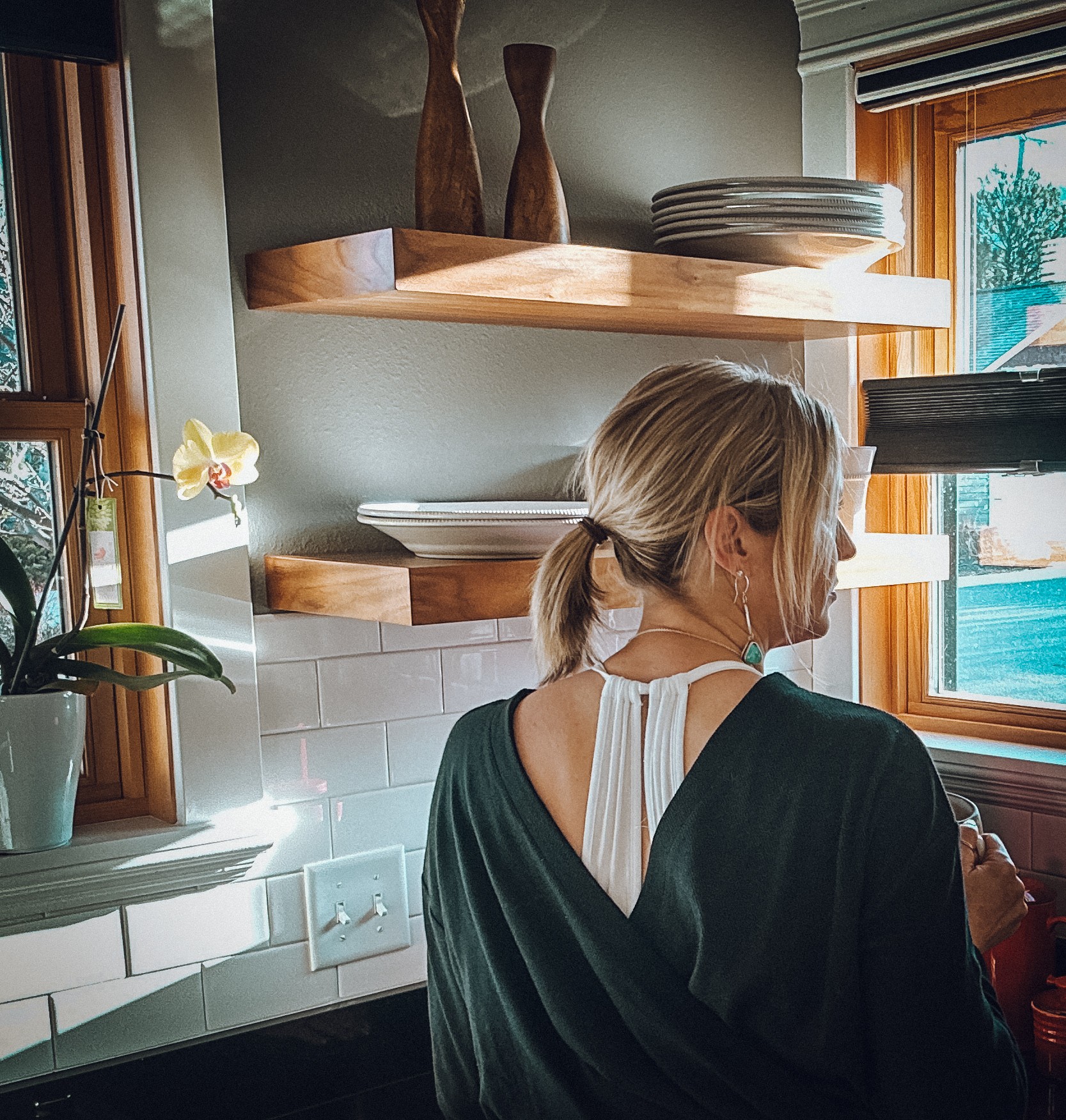
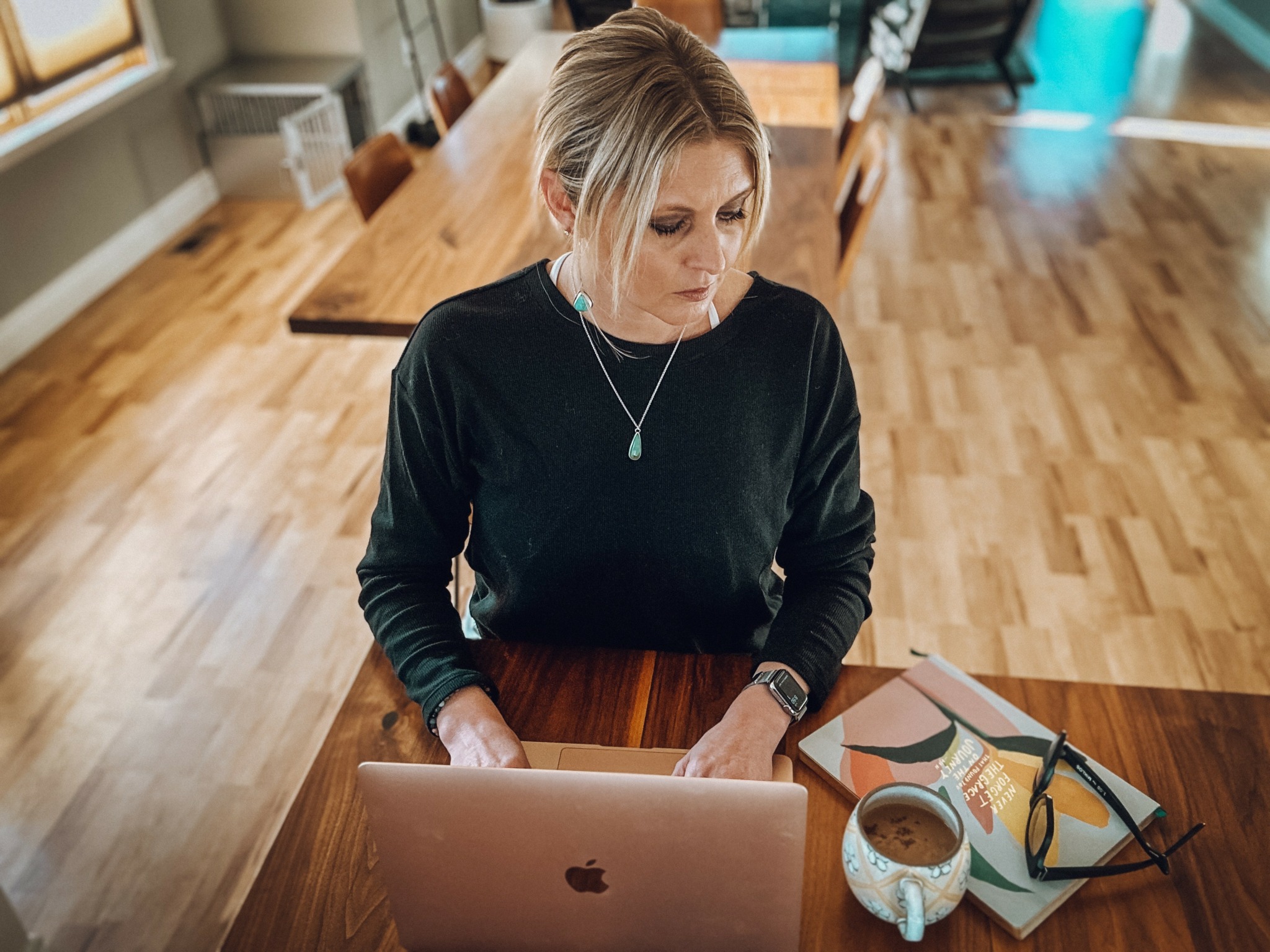
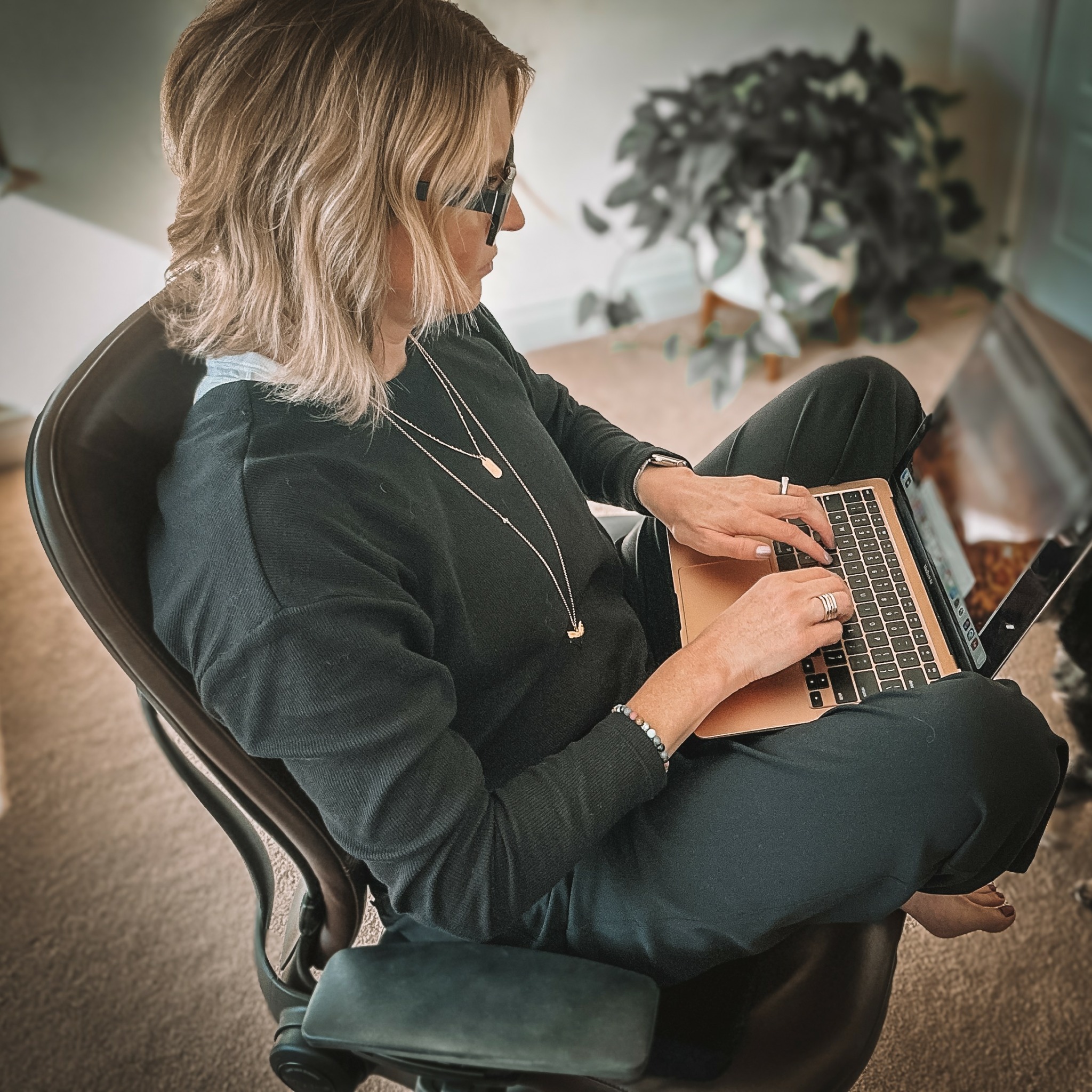
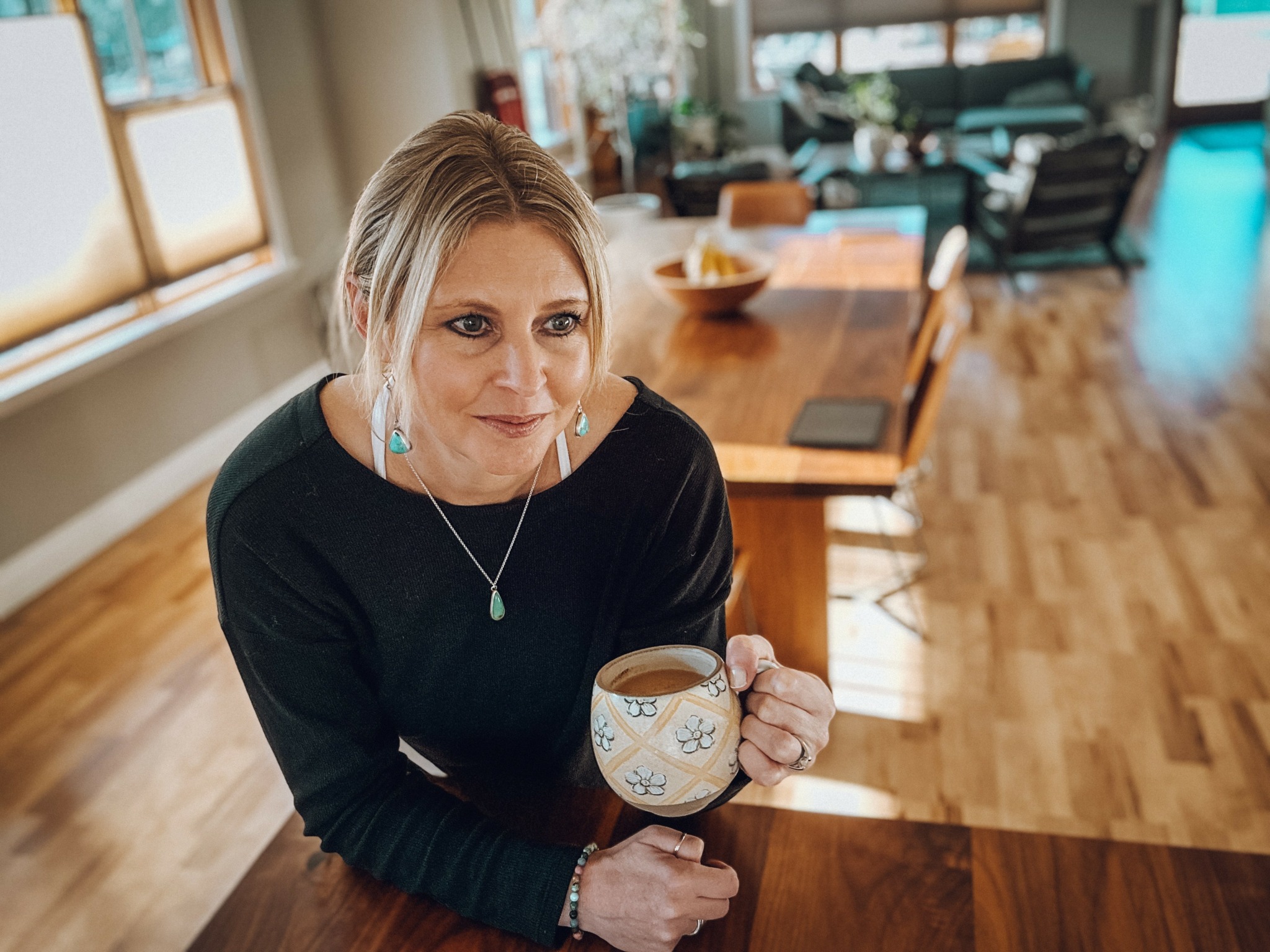
Image Credits
Suzanne Delawar


